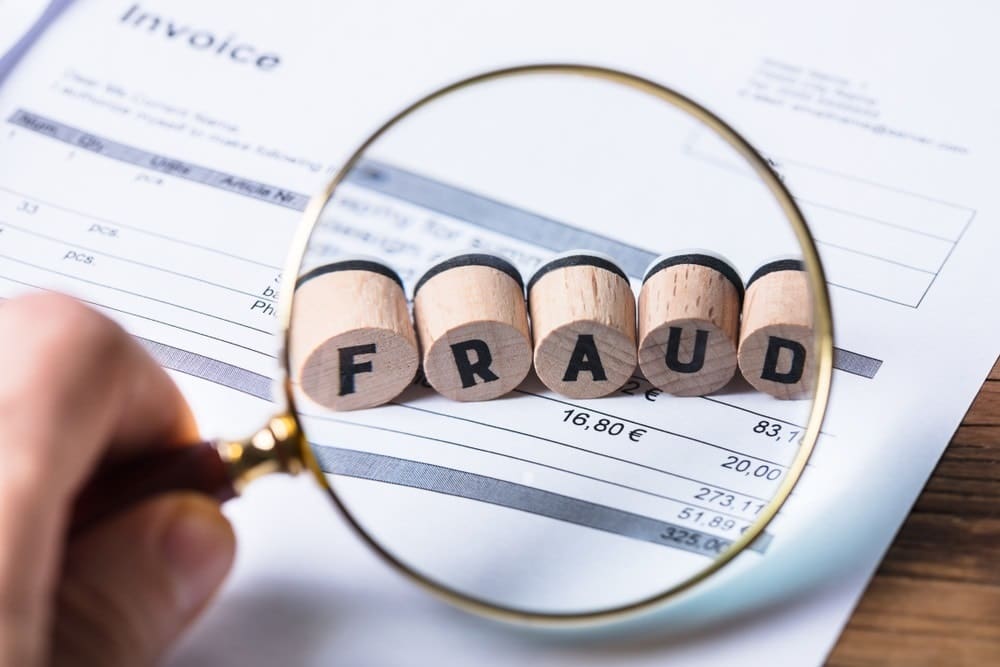Fraud
Fraud refers to dishonest and illegal activities by people or companies with the intent of gain, either financial or otherwise. The following fraud reports, fraud news and articles about fraud look at the day-to-day challenges of preventing, identifying and mitigating fraud.
The Growing Problem of Corporate Fraud
And Striking the Right Balance to Fight It The reality is that the vast majority of corporations have a fraud problem to some degree. It’s a growing problem – one indicator pointing to a rise in overall economic crime globally....
5 Ways AI is Impacting AML and KYC Compliance
Revolutionizing the Fight Against Financial Crime Artificial intelligence (AI) has the ability to completely transform how banks perform anti-money laundering (AML) and know-your-customer (KYC) compliance. Additionally, for the purposes of anti-money laundering, artificial intelligence systems can mine huge volumes of data...
2019: Will Money Launderers Meet Their Match?
The Outlook for AML in the Year Ahead 2018 proved to be a challenging year in the fight against money laundering. Criminals continued to come up with schemes to hide and cash out on their dirty money. With new legislation...
Financial Crime: More Than a Language of Its Own
Taking a Robust Approach to Stamp Out Trader Fraud The globalization of financial institutions has come with an increasingly fragmented communications landscape. Traders in Hong Kong, for instance, communicate very differently from those in New York, using different mediums and...
Keeping Your Whistleblower Hotline Alive
Ideas to Maximize Hotline Effectiveness It could be a good sign if the phones aren’t ringing at your organization’s hotline – or it could be indicative of a failing ethics and compliance program. Ron Kral discusses how to maintain a...
Private Equity in DOJ’s Line of Fire
Liability Under the False Claims Act The government can be slow, but it catches up. The DOJ and whistleblowers have recently targeted private equity firms and individuals in False Claims Act cases based on officer and director roles and/or involvement...
Old AML Systems Hinder The Fight Against Financial Crime
Steps Companies Can Take to Improve Compliance and Reduce Risk Every year, billions of laundered dollars are moving through financial institutions without detection. Current detection systems aren’t keeping pace with criminals’ ability to outmaneuver them. Financial crime is a complex...
Employee Fraud Investigation Costs Non-Recoverable Under MVRA
Supreme Court Decision Restricts Recompense A recent Supreme Court ruling – in which the Mandatory Victims Restitution Act of 1996 was central – should put corporate victims of fraud on alert. Moore & Van Allen Partner Frank Schall discusses the...
7 Steps to Jump Start Your Anti-Fraud Program
Peter Millar, the Director of Technology Application at ACL Services Ltd., provides data analysis techniques and tips for detecting and preventing fraud that will jump-start your anti-fraud program.
Automation and Analytics Creating Value for Fraud Management
The New Solutions for Financial Crimes Compliance Management (FCCM) The methods for perpetrating fraud are continually evolving, so an effective approach for fighting fraud must change with the times. Ajay Katara discusses further why banks must adopt newer technologies to...
8 Ideas to Reduce False Positives in Fraud Investigations
Steps to Improve Forensic Analytics Thanks to advances in forensic analytics, we can spot emerging risks long before they come to fruition. But predictions frequently lead to false positives. Satish Lalchand discusses how to prevent them in this third installment...
Your Asia-Pacific Anti-Corruption Rundown
New Developments Across the Region Clifford Chance’s anti-corruption specialists in Asia-Pacific surveyed recent developments in five jurisdictions. Here's what you need to know. with co-authors Kirsten Scott, Lei Shi, Peter Coney and Janice Goh The big picture: Singapore and Australia...
















